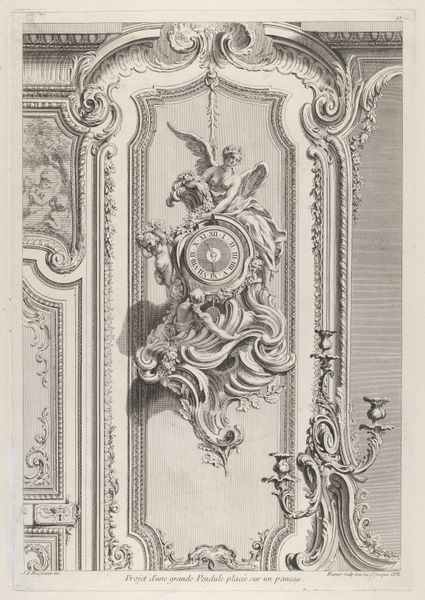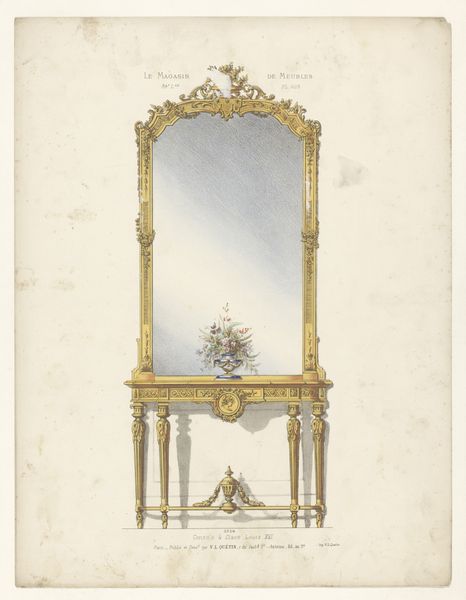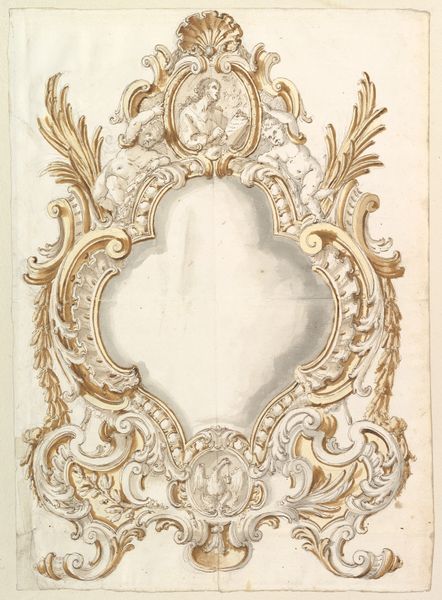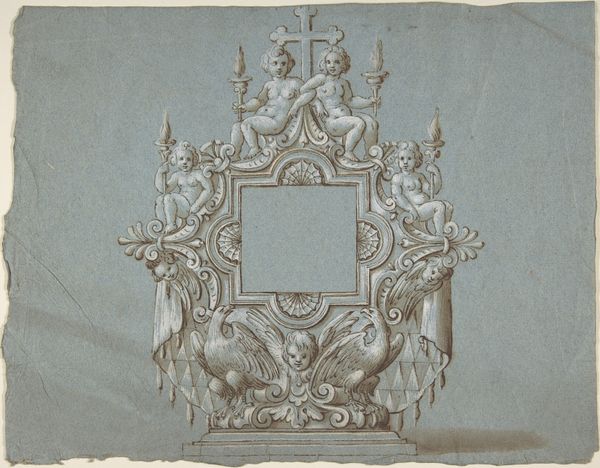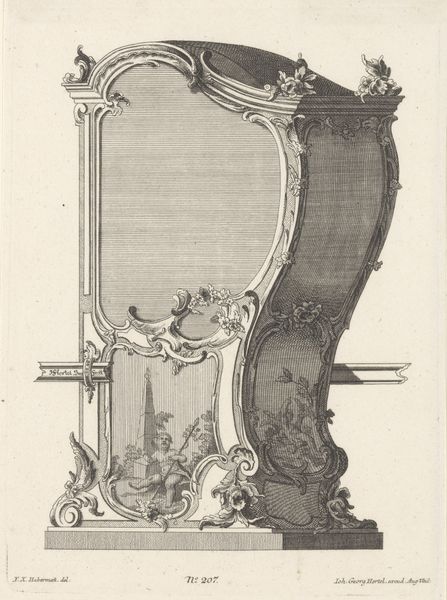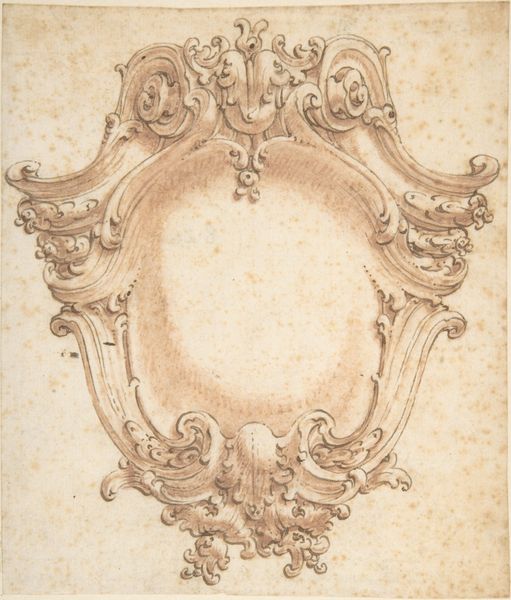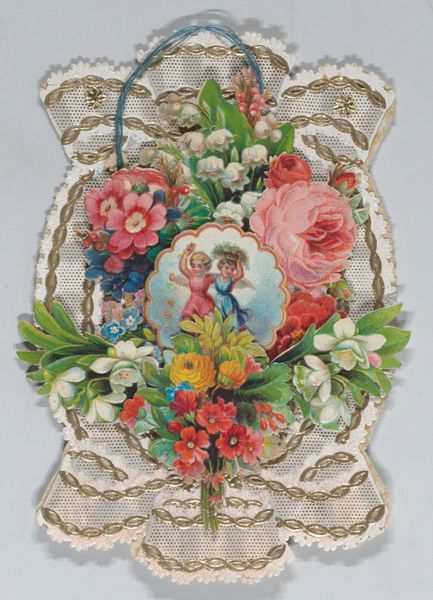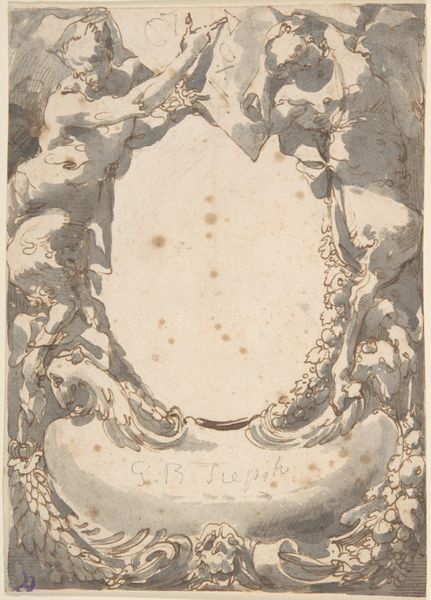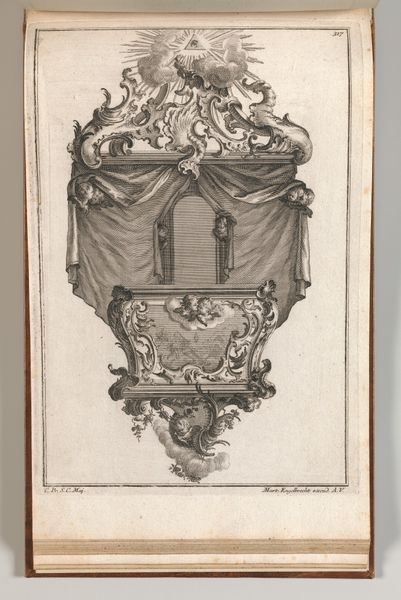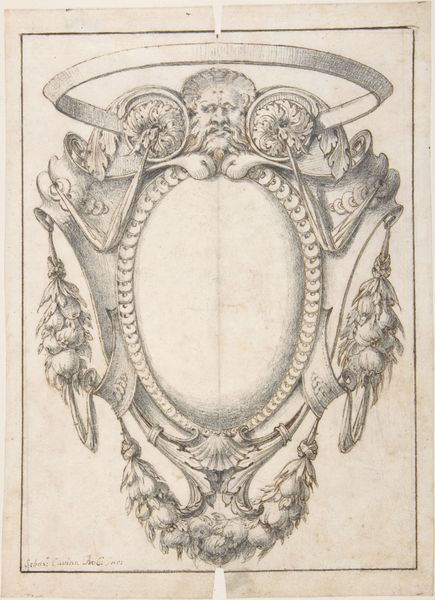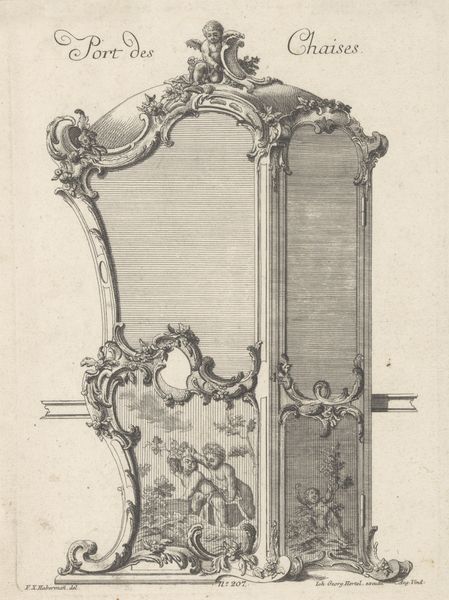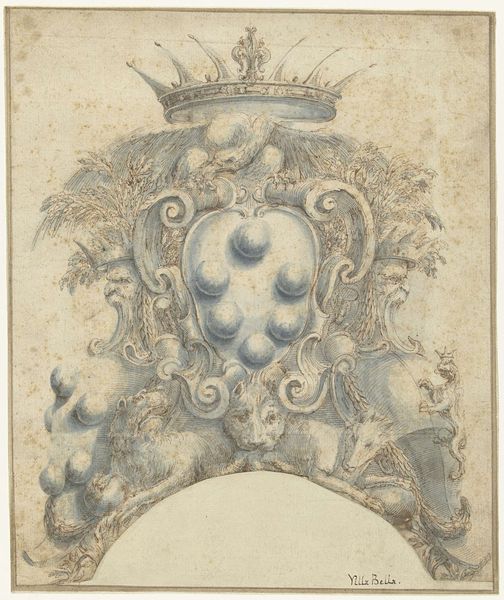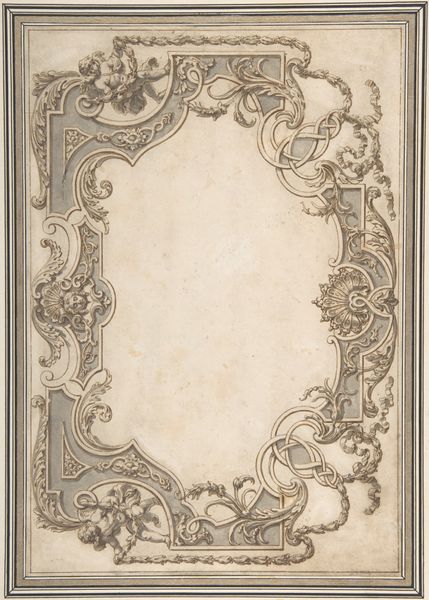
Dimensions: overall: 82 × 50 cm (32 5/16 × 19 11/16 in.)
Copyright: National Gallery of Art: CC0 1.0
Giovanni Antonio Fornari created this Holy-Water Stoup using a combination of silver and gold. Fornari's work emerges from a historical context deeply shaped by the religious and social norms of the 18th century. The stoup, traditionally placed at church entrances, provided a symbolic cleansing, marking the transition from the secular world to sacred space. Fornari's artistic decisions carry profound implications regarding gender, race, and class, reflecting both the spiritual beliefs of the time and the societal power structures. The use of precious metals signifies wealth, the capacity to afford the luxury of devotional objects, and the importance of baptism and faith. The attention to detail, from the angels to the golden rays, illustrates the hierarchy of the celestial realm. As you reflect on the artwork, consider how objects of devotion shape spiritual identity and reflect societal values.
Comments
No comments
Be the first to comment and join the conversation on the ultimate creative platform.
